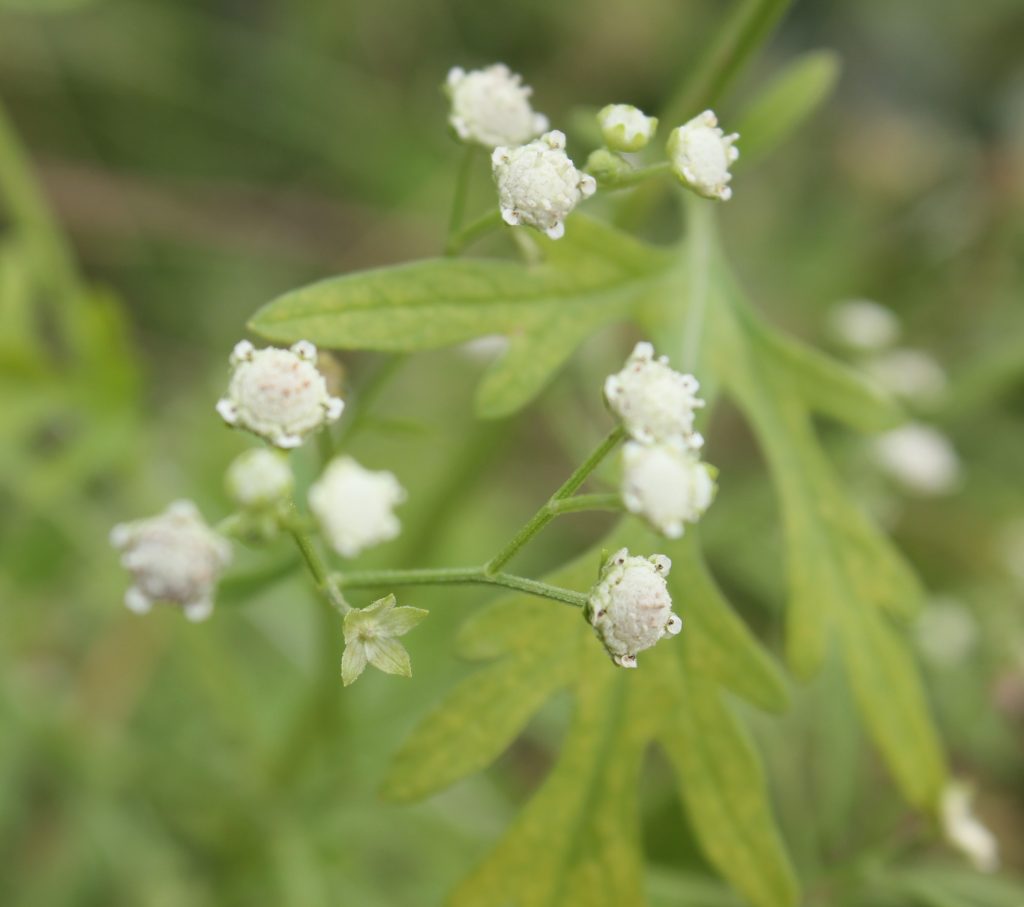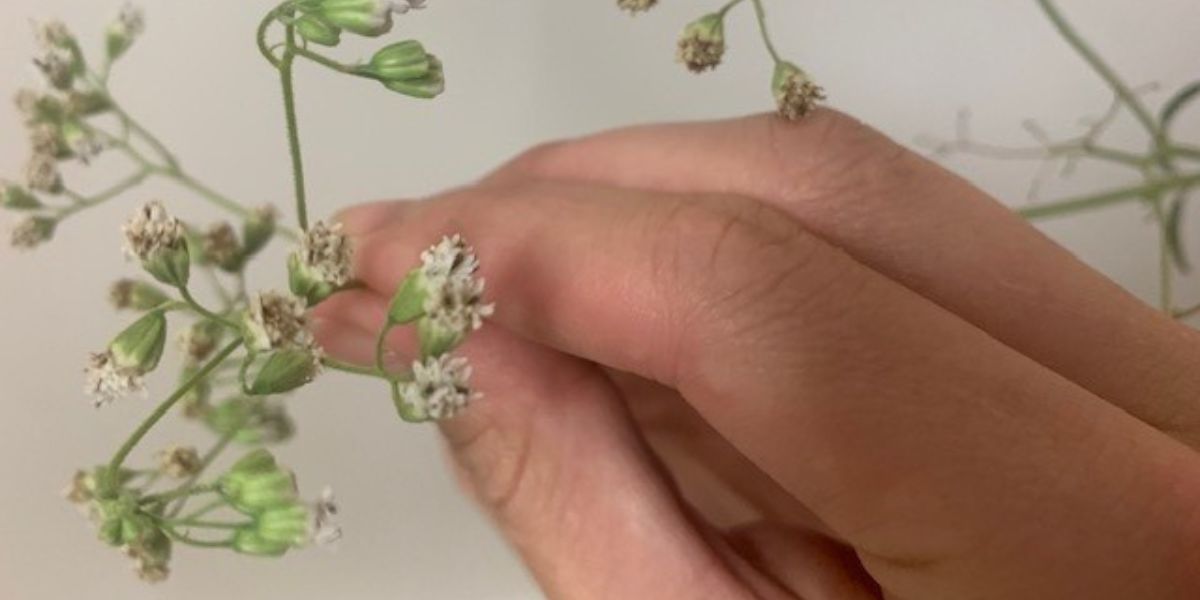As temperatures begin to rise residents are reminded to be vigilant and on the lookout for Parthenium Weed.
Despite it having been five years since the drought broke, Narrabri Shire Biosecurity Coordinator Clare Felton-Taylor said the risk is still very much alive.
“Parthenium seed longevity is up to 10 years, so the risk of seeds germinating is still likely,” she explained.
“It remains one of New South Wales most serious weed threats”.
Not only can Parthenium outcompete degraded or drought-affected pastures, thus reducing carrying capacity, crop yields and contaminating grain crops; it can also impact both human and animal health.
“With humans, we can sometimes see respiratory problems and severe dermatitis if they come into contact with Parthenium, and while it is unpalatable to sheep, cattle and goats, if they do eat any it can cause kidney damage as well as skin irritations,” said Ms. Felton-Taylor.
Parthenium is Prohibited Matter in NSW meaning any sightings must be eradicated and the plant cannot be sold anywhere in NSW. Residents should not attempt to treat or dispose of this weed themselves.
“If you think you have found this plant, please report it to your Local Weeds Biosecurity Officer at Council or NSW Agriculture and Biosecurity. We will visit your property for formal identification and disposal.” Advises Ms Felton-Taylor.

How to identify Parthenium Weed:
- Usually grows between 50cm and 1.5m, but can grow up to 2m tall
- Pale green leaves that are deeply divided into many irregular lobes and covered with soft fine hairs
- Flowers are creamy white, star shaped with five notches around the floret
- Look-a-like plants include Bishop’s Weed/Queen Annes Lace, Annual Ragweed and Sticky Florestina.
Further information can be sourced on the NSW WeedWise App.
Something going on in your part of the New England people should know about? Let us know by emailing newsdesk@netimes.com.au

